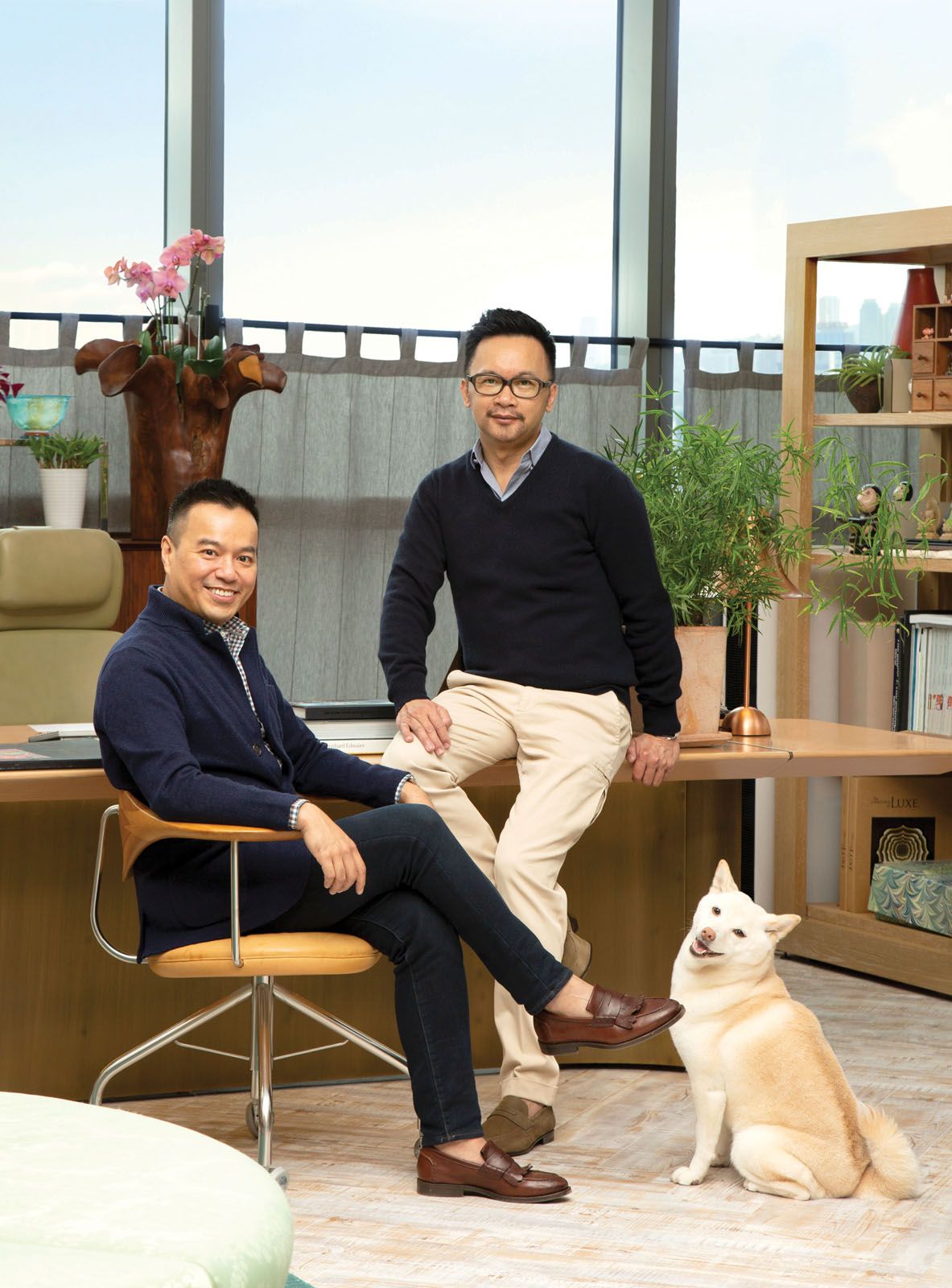AB Concept co-founder Ed Ng shares the firm's creative philosophy and how social media has shaped the design industry at large
Founded by Terence Ngan and Ed Ng, Hong Kong-based design firm AB Concept had already been creating photo-worthy spaces for luxury hotels, residences and brands even before the idea of “Instagrammable” design came about. Here, co-founder Ed Ng discusses their firm's design ethos and the emotional impact of memorable spaces.
How would you define your approach to design?
Ed Ng (EN) I think of a designer as being similar to a chef—we have to master the technical skills and techniques to do the job. With these skills, we create something unique that sets us apart from our peers.
In order to do this, my co-founder Terence and I search for a “local ingredient” to use in our designs. We visit the local spaces around the city that we’re working in and try to identify what’s unique to the place. We’ll then weave that piece of culture or tradition into our design and present it in a way that’s different from how it has been typically used.
(Related: How To Create Spaces That Inspire, According To An Interior Designer)

